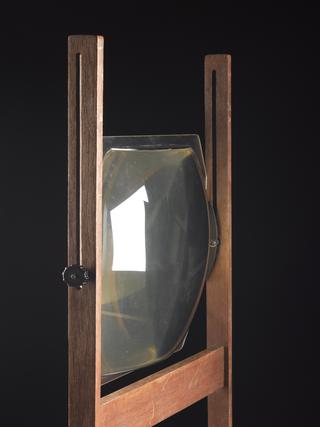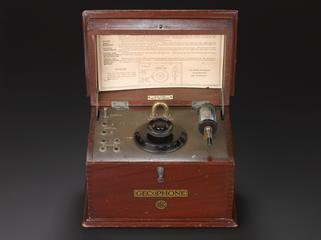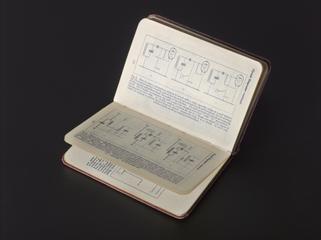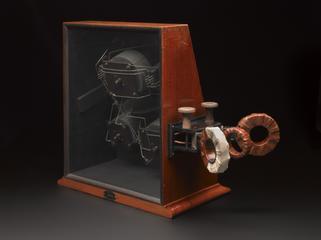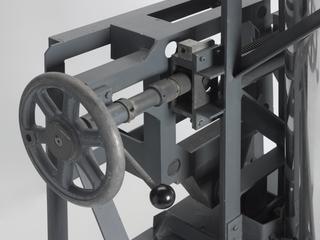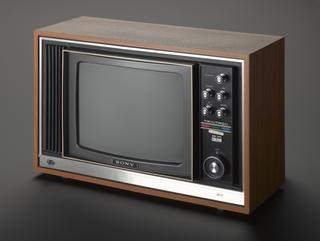
Three-valve radio receiver, 1922-1925
- Made:
- 1922-1925 in Derbyshire




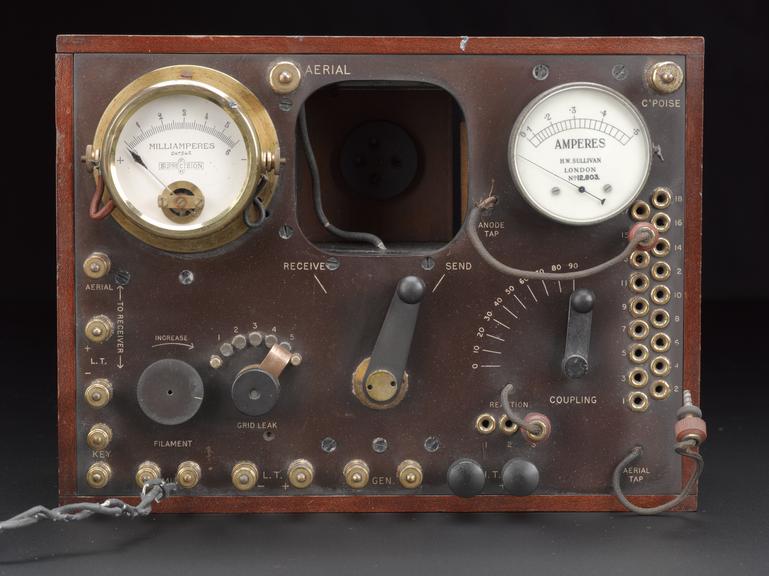
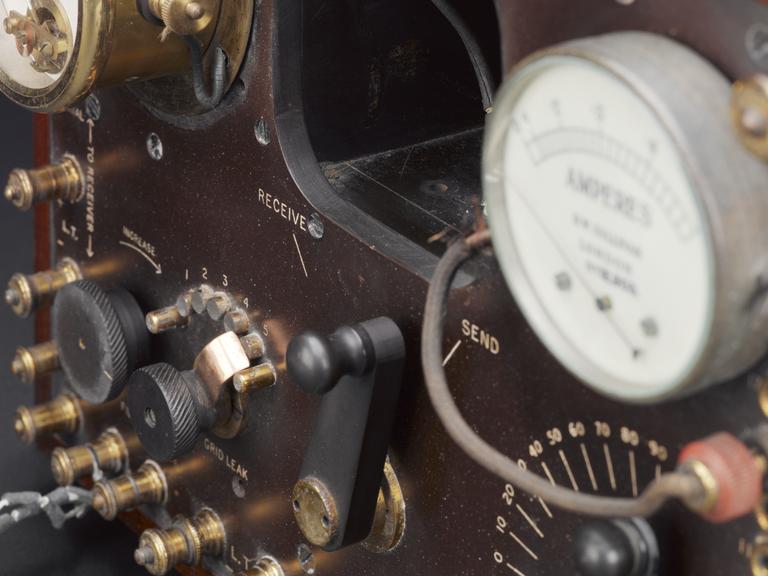

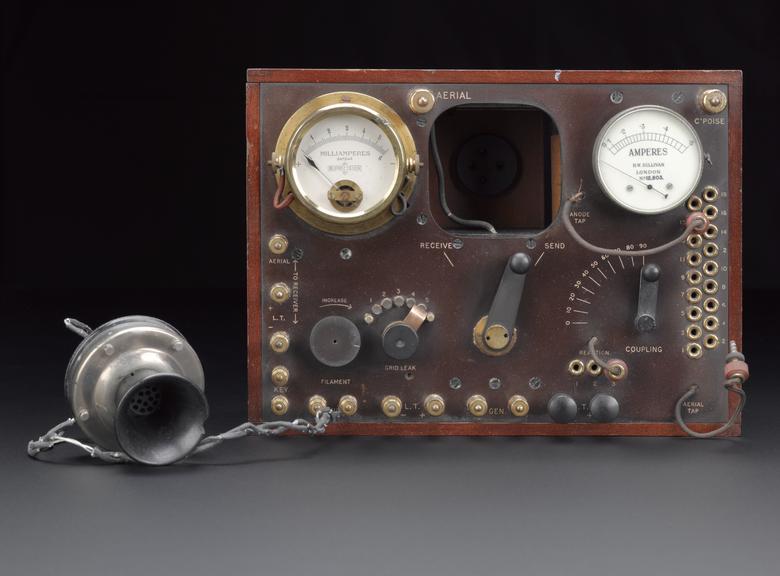
Three-valve receiver used in a Derbyshire colliery test, unknown maker, Derby, England, 1922-1925. Ref. Wireless World 2/12/22 p.314
Three-valve receiver used in a Derbyshire colliery test, unknown maker, Derby, England, 1922-1925.
When using radio to communicate by voice was still relatively new, amateur radio operators often designed and built their own radio equipment. This is an example of a homemade radio from around 1922, the year that the BBC was formed, for communicating with other radio enthusiasts. It was used in tests of the range of short wave transmission in a Derbyshire colliery in October 1922. Amateur radio enthusiasts were only allowed to use certain wavelength, and short wave radios could be used for long distance transmissions. The Radio Society of Great Britain was set up in 1913 to support amateur and experimental radio activity.
Details
- Category:
- Radio Communication
- Object Number:
- 1975-19
- Materials:
- wood (unidentified), glass and metal (unknown)
- Measurements:
-
overall: 180 mm x 250 mm x 140 mm, 2.65 kg
- type:
- radio receiver
- credit:
- Kindly donated by Derby and District Amateur Radio Society
